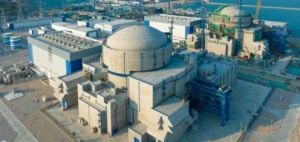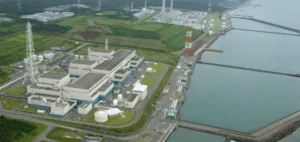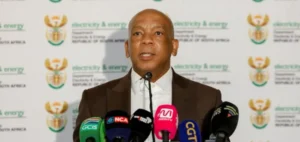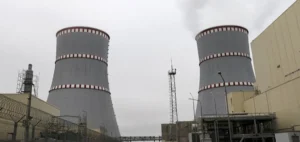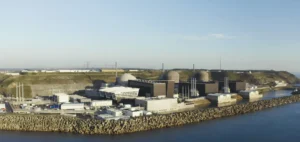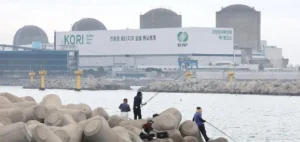NextEra Energy has filed a request with the Federal Energy Regulatory Commission (FERC) to recover the original interconnection rights linked to the Duane Arnold nuclear plant, closed in 2020 in Iowa. These rights had been transferred to a solar project that will ultimately not be constructed. The company now intends to reconstitute these rights to accelerate the reactivation of the site’s nuclear capacity.
Return of strategic nuclear capacity
Duane Arnold, a 615 MWe boiling water reactor unit, ceased operations after more than forty-five years in service. The closure decision was made in 2018, when NextEra Energy Resources and Alliant Energy agreed to shorten their electricity purchase agreement, bringing forward the final shutdown to 2020. A weather event in August of that year severely damaged the cooling infrastructure, resulting in the early closure of Iowa’s only nuclear site.
The used fuel was stored on-site in a dry storage facility, while the buildings will remain intact for several decades, in line with the deferred safety strategy known as SAFESTOR. This approach involves delaying the complete dismantling of the plant until the residual radioactivity decreases.
Meeting industrial electricity demand
NextEra Energy justifies its decision by the unprecedented rise in electricity demand from industrial and commercial players seeking reliable, low-emission power solutions. “Since the division of interconnection rights for solar projects, the demand for electrical capacity has continued to grow, especially among industrial customers,” the company stated in its filing.
As a result, the initial solar project is abandoned in favour of the nuclear restart. NextEra Energy maintains that Duane Arnold represents a rare opportunity to reintegrate over 600 MWe of nuclear capacity into the national grid, as commissioning new reactors requires considerable lead times.
Investments and market outlook
The relaunch of Duane Arnold takes place in a national context where similar initiatives are emerging. The United States Nuclear Regulatory Commission recently approved the resumption of operations at the Palisades plant in Michigan by Holtec, which was closed in 2022. In addition, Constellation plans to restart unit 1 of the Crane Clean Energy Centre site, thanks to a twenty-year contract with a major industrial client.
“The recommissioning of Duane Arnold constitutes a unique opportunity to rapidly increase the available nuclear capacity to meet the needs of the industrial market,” NextEra Energy stated in documents submitted to the authorities. The work to restart the nuclear site should strengthen the dispatchable electricity supply for domestic economic players.








